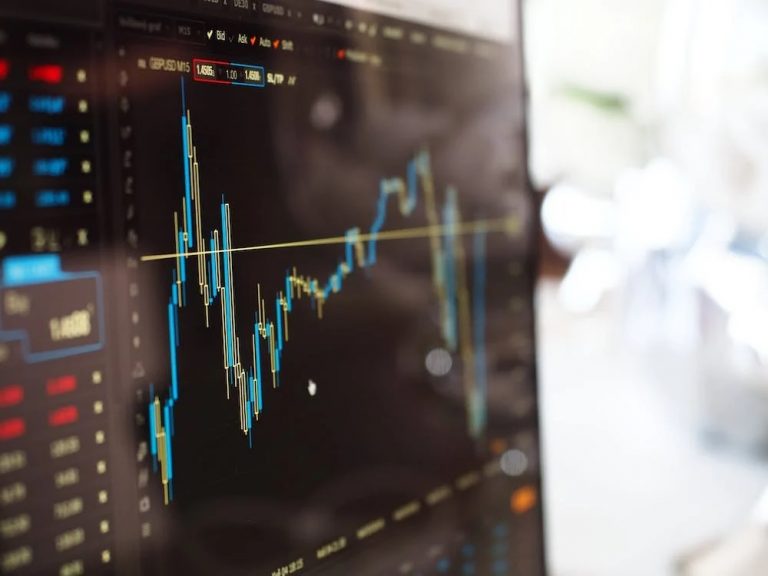
Futures trading is a dynamic and potentially lucrative way to participate in financial markets. It involves trading contracts that obligate buyers and sellers to transact a specific asset at a predetermined price on a future date. While futures trading can be complex, it allows individuals to diversify their investment portfolios and manage risk. With nasdaq 100 futures, you can track the performance of the 100 most frequently traded US firms enumerated on the Nasdaq stock market. Here’s how to get started in futures.
Understanding the Basics
Futures contracts are standardized agreements between two parties to buy or sell an asset at a predetermined price on a specified date. These contracts are traded on exchanges, hedging against price fluctuations or speculating price movements. They involve using a margin, a fraction of the contract value traders must deposit to open a position.
While leverage can amplify gains, it also increases potential losses, making risk management crucial. Futures markets attract diverse participants, including hedgers, speculators and arbitrageurs. Hedgers use futures to protect against adverse price movements, while speculators seek to profit from price fluctuations. Arbitrageurs exploit price differentials between related markets.
Steps to Begin Futures
Before executing any trades, invest time in understanding the market. Learn about different types of futures contracts, trading strategies and market dynamics. Numerous online resources, courses and books are available to help you build a solid foundation. Select a reputable broker offering a user-friendly platform, competitive commission rates, reliable customer support and access to the markets you’re interested in.
Craft a well-defined trading plan that outlines your risk tolerance, trading goals, strategies and the types of contracts you’ll trade. A trading plan helps you stay disciplined and focused, preventing impulsive decisions based on emotions. Before risking real capital, consider practicing with a paper trading account. This simulation allows you to execute trades with virtual money, honing your skills in a risk-free environment.
Trading Strategies and Tips
This strategy involves identifying and trading in the direction of the prevailing market trend. Traders using this approach rely on technical indicators and chart patterns to make informed decisions. Spread trading involves simultaneously buying and selling two related futures contracts to profit from their price differentials.
Spreads can help mitigate market risk, as the focus is on the relative performance of the contracts. Just like in traditional investing, diversification is crucial in futures. Avoid putting all your capital into a single trade or market. Instead, spread your risk across different assets or contracts.
In conclusion, futures trading is a dynamic field that requires ongoing education. Stay updated on market news, economic indicators and global events that can influence market movements.

